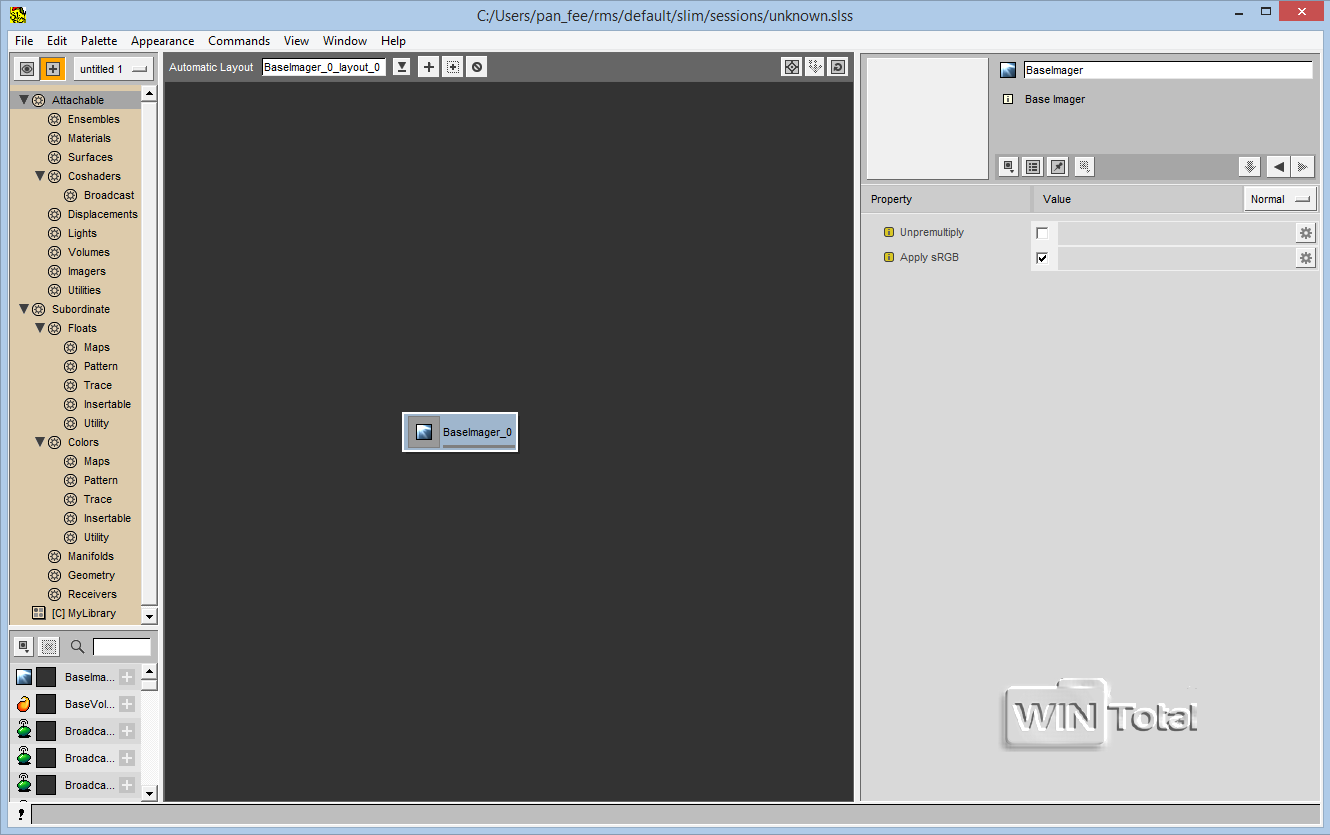

This decision was arrived at by weighing the cost of network bandwidth (considerable when moving multi-gigabyte fur caches) against the cost of recomputing the fur every time. Interestingly, a decision was made not to cache the fur generated by the DSO, but to regenerate it every frame. In the end, the DSO generated approximately 3 to 3.5 million hairs for Kong, although this varied considerably depending on the shot. This was important as the look of Kong was heavily art-directed many iterations could be quickly tested to refine the desired look. All without changing the clumping behaviors applied afterwards. The hair, for example, could be bent in a certain direction. These attributes include length, baldness, density and other control parameters for deformers.īy layering these deformers, the artists (or fur groomers) were able to quickly create, and change, the look of Kong’s fur in a procedural and non-destructive way.

To control the fur deformers, artists must specify a variety of attributes across the surface, using texture maps or per-vertex primitive variables (painted in Maya’s Artisan).

Kong, for example, had different “groom programs” for his arms, head, chest, etc. Within a single character, there can be a number of “groom programs” that specify the fur characteristics for different parts of the body. It affects surrounding hairs, within a region of tolerance.
RENDERMAN RENDERFARM SKIN
The wire deformer is a curve, with an arbitrary number of CVs, that grows from the skin and can be modeled. The clump deformer, as the name suggests, allows artists to bend surrounding hairs towards a central hair. They range from simple deformers (such as noise and wave), to more complicated directional deformers (such as clump and wire deformers). Image © 2005 Universal Pictures.ĭeformers are the tools that the groom TDs use to create the desired look. The hair grows straight out of the surface, then “groomed” by deformers which add life to the fur. The hair is created from follicles, which are spread across the subdivision surface the hair is being generated from. The hair system is implemented as a DSO: a procedural plug-in for RenderMan called wmFur, written by Martin Preston. Note: the VFX studio now relies on its in-house spectral renderer called Manuka for rendering. In this latest retro RenderMan story, where befores & afters is featuring previously published Pixar materials, we look at what Weta Digital carried out back then with the aid of RenderMan for Kong. A fur system had to be developed to handle these situations, as well as for several digital-doubles.
RENDERMAN RENDERFARM FULL
Sometimes it was clean and groomed, sometimes full of mud and leaves, and sprinkled with snow, or soaking wet. As Kong progressed through the film, his fur needed to reflect the environment and story.


 0 kommentar(er)
0 kommentar(er)
